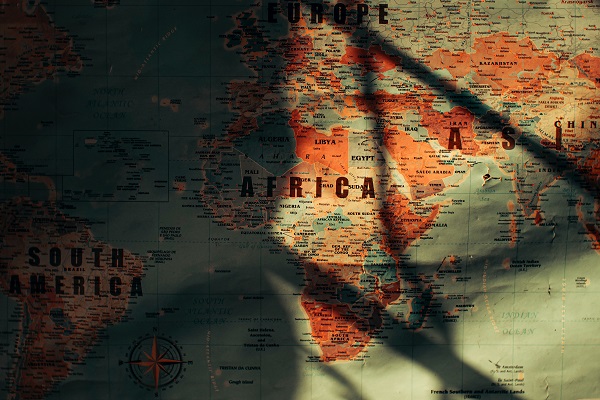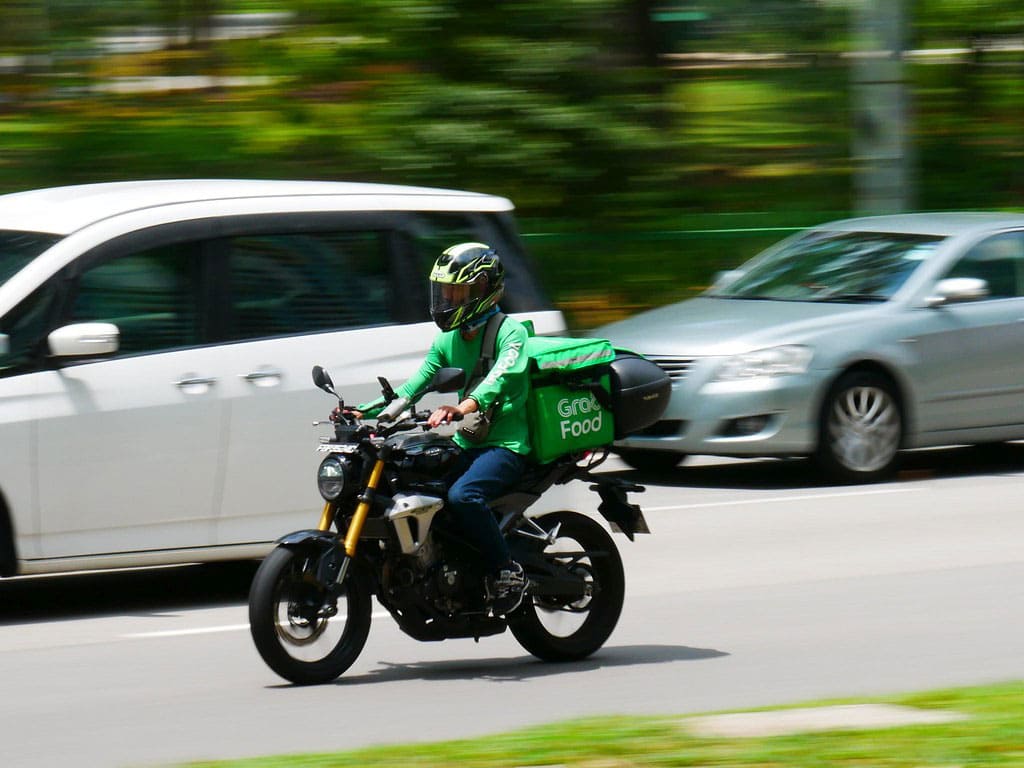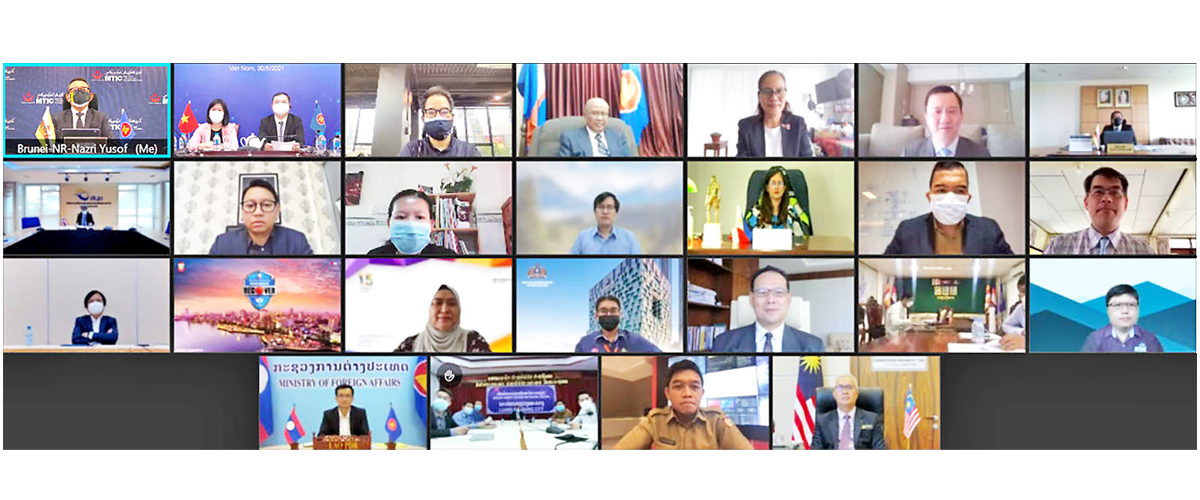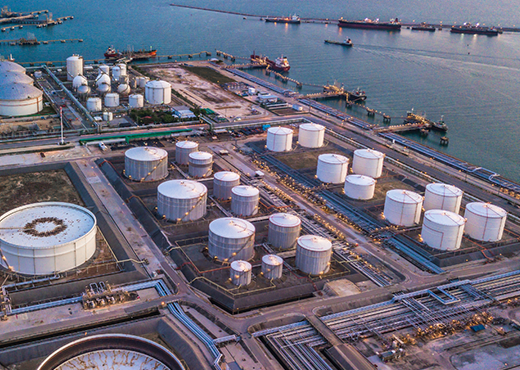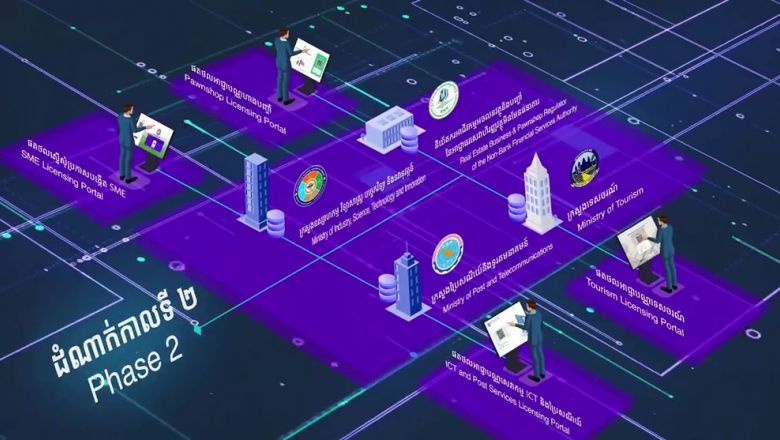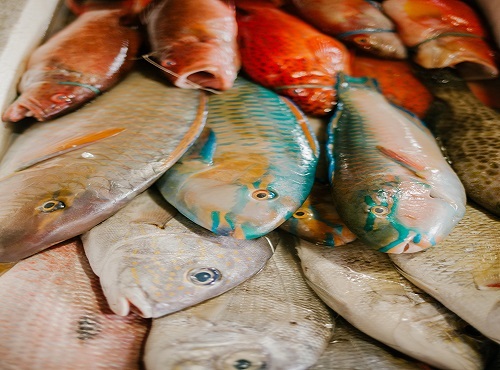The Republic can seize opportunities in financial technology (fintech) to be the bridge between the Asean region and Africa, said Minister of State for Trade and Industry Alvin Tan on Tuesday (Aug 24).
The Africa Continental Free Trade Area (AfCFTA) allows for key trading opportunities within the continent, and also on a regional and global basis, said Mr Tan.
The trade agreement, which came into effect on Jan 1 this year, has created the largest free trade area in the world based on the number of countries it unites.
Fifty-four out of 55 African Union nations, with a combined gross domestic product of US$3 trillion (S$4 trillion), come under the pact which allows access to commodities, goods, and services across the continent.
Mr Tan said: "It's not just the free trade area that is exciting, it is also the potential. What do you do with the free trade area, and how do you connect it to Asean through Singapore?"
He was speaking virtually on the topic of economic resilience on Tuesday, at the sixth edition of the Africa Singapore Business Forum organised by Enterprise Singapore.
Mr Tan cited the Afro-Asia FinTech festival, which was part of the Singapore FinTech festival last year.
"I think there's an opportunity for us to grow this fintech growth corridor through Singapore and Kenya, towards Asean," said Mr Tan, who is also Minister of State for Culture, Community and Youth.
"Africa has a strength in fintech, and the opportunity set for fintech is just increasing. It's something that Asean can learn, but also there's a lot of interchangeability, because e-payment is huge in Asean and you're basically banking the 'unbanked'."
Mr Tan highlighted some challenges both Asean and Africa are facing, with the first being the Covid-19 pandemic.
A second challenge is on anti-globalisation. "We've seen a little bit more protectionism, great power rivalry and more fragmentation... This headwind is pretty strong at the moment."
But there are also some bright spots, such as in technology - which helps countries to leapfrog infrastructure constraints - and regionalism, with free trade agreements presenting opportunities and facilitating investment.
The AfCFTA agreement will help to regionalise the area - something that Asean has experienced, he said, while acknowledging that Africa is much bigger than Asean.
"It helps to then facilitate the transfer, sale and trading of goods and services, (and) the lowering trade of barriers and regulations so that they don't form an impediment," said Mr Tan.
He noted that it is also important for countries in Africa's free trade area to look into opportunities to connect with other regions.
"Because then it opens up a whole plethora of opportunities... what we've learnt in Asean is that it benefits Asean member states if we step out of Asean as well, because then we are also punching above our size.
"And I think that if the African continent free trade area could also consider doing that, I think the opportunities will be quite limitless."
Source: The Straits Times (Singapore)
Date: 24 August 2021

